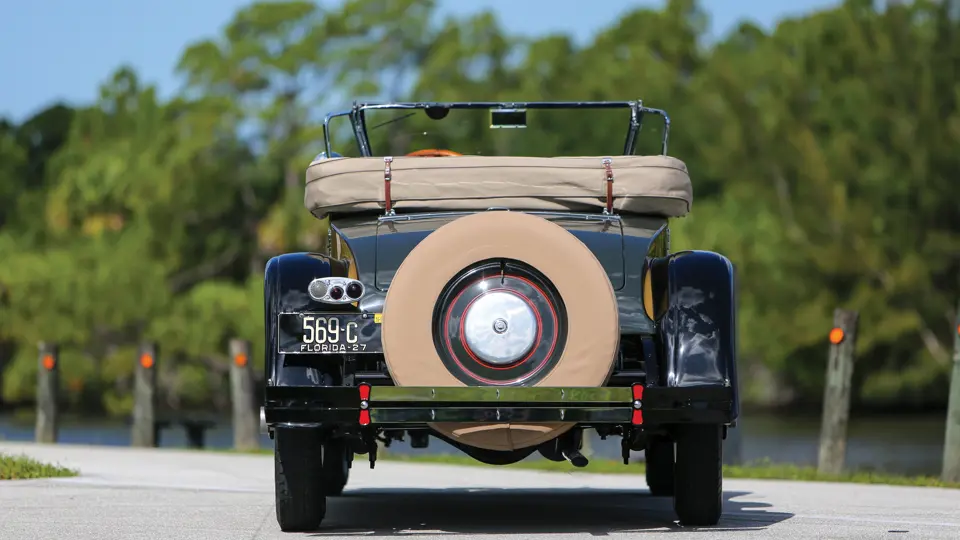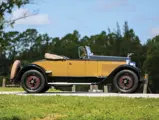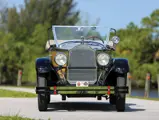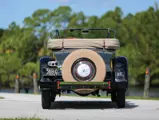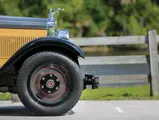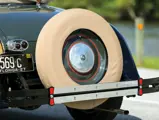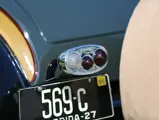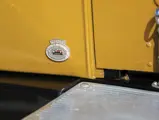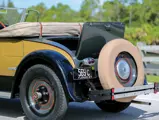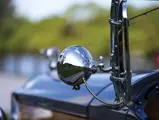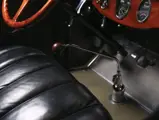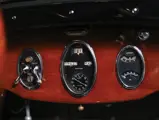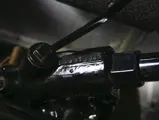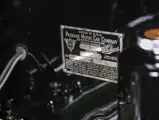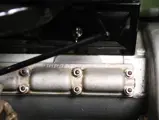Series 426. 81 bhp, 288.6 cu. in. L-head inline six-cylinder engine, three-speed manual transmission, solid front axle and live rear axle with semi-elliptical leaf springs, and four-wheel mechanical drum brakes. Wheelbase: 126 in.
In 1921, Packard introduced the Single Six, a smaller, less expensive alternative to the big V-12 Twin Six. Packard refined the Single Six and lowered its price over the next few years. The Second Series, introduced in December 1923, had four-wheel brakes and claimed 20-mpg economy. It handily outsold the new Single Eight introduced at the same time, the thousand-dollar price advantage no doubt a factor in its popularity. The Third Series six, introduced in February 1925, did even better, accounting for more than three-quarters of Packard sales.
The Fourth Series six-cylinder Packard, now called simply “Six,” was introduced in August 1926. The engine benefited from a new “Turbo-Head” with redesigned combustion chambers that boosted horsepower to 81. New aluminum pistons and a redesigned intake manifold contributed to the improved performance. They were also the first production automobile with a hypoid differential, which allowed for a lower ride height. The Six was really hitting its stride, outselling Eights four to one and resulting in a four-month waiting list.
One of some ten known to survive, this 1927 Packard 426 Runabout, as the company then called its roadster, is finished in the same paint scheme that Packard featured in its sales literature for open cars in 1927. It was delivered new in Gloucester, Massachusetts, and remained in that area for 70 years prior to acquisition by the current owner in 1997.
Though it had been the recipient of a cosmetic restoration during the 1960s, the current owner undertook a full restoration that took eight-and-a-half years, with work done in three states. The mechanical restoration was done by Robert Turnquist’s Hibernia Restoration in New Jersey, while paint and bodywork were done by Steve Carney, also in New Jersey. The interior and top were done by Gary Maucher in Pennsylvania, and final assembly was done by Steve’s Executive Cars in Tavares (now Homosassa), Florida. Final delivery was in December 2005.
The quality of the restoration is apparent from the long list of awards the car has received. Its AACA First Junior came at Mobile, Alabama, in March 2006, followed by Senior at Virginia Beach in May, AACA National at Philadelphia in February 2007, and Grand National at Hickory Corners, Michigan, that July. It received the Grand National Senior prize at Melbourne, Florida, in March 2008.
Packard Sixes from 1925 to 1928 are recognized by the Classic Car Club of America as “Full Classics,” eligible for all CCCA meets and CARavans. This one received its CCCA Primary award at Mt. Olive, New Jersey, in April 2006, followed by Senior designation at Dearborn, with a 100-point pin, in July 2006. Premier designation, medallion 2723SP, was granted at Amelia Island in March 2007. The car has also scored first place at the national meet of Packard Automobile Classics in Michigan in July 2006, as well as taken honors at a number of local shows. Additionally, the Packard was awarded the Joseph Parking Award by the AACA for Outstanding Packard in its division.
Still competitive, this car will be superb in CCCA or AACA events and a treat on the open road.

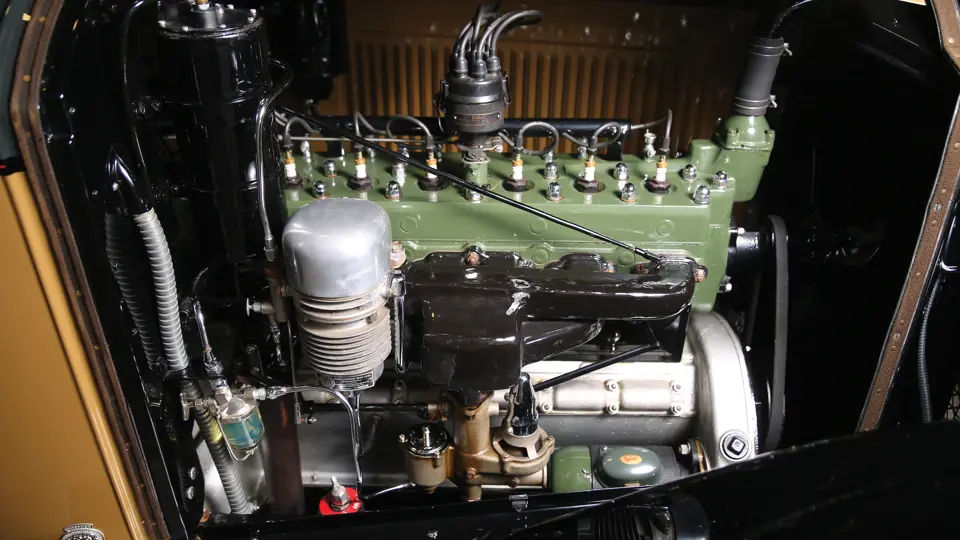
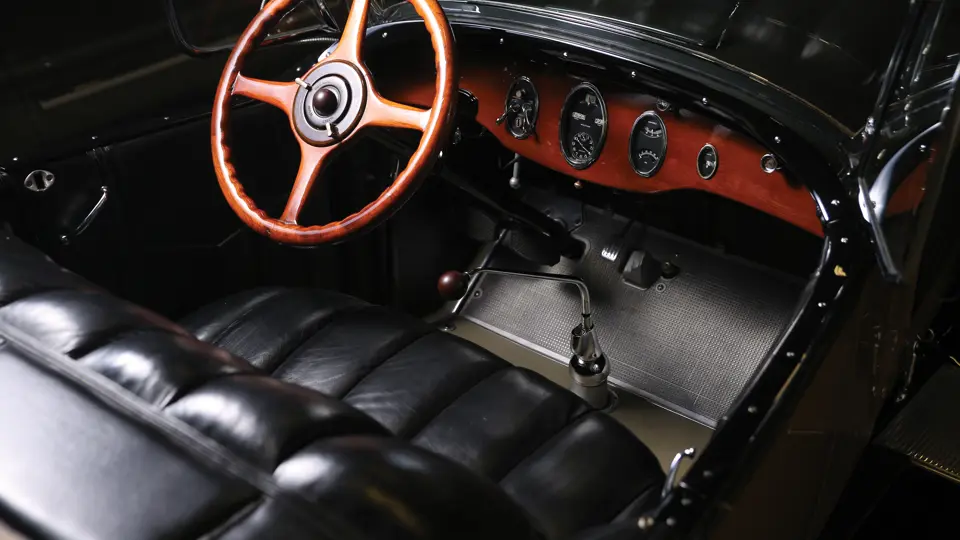

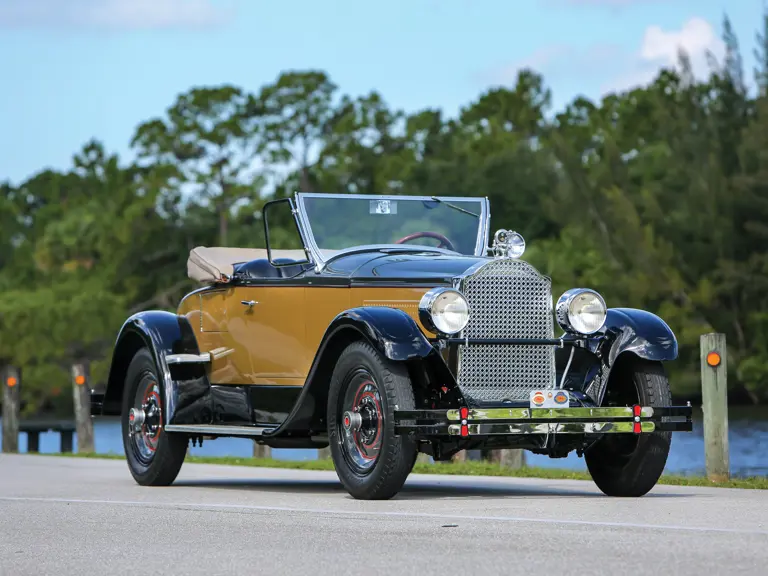
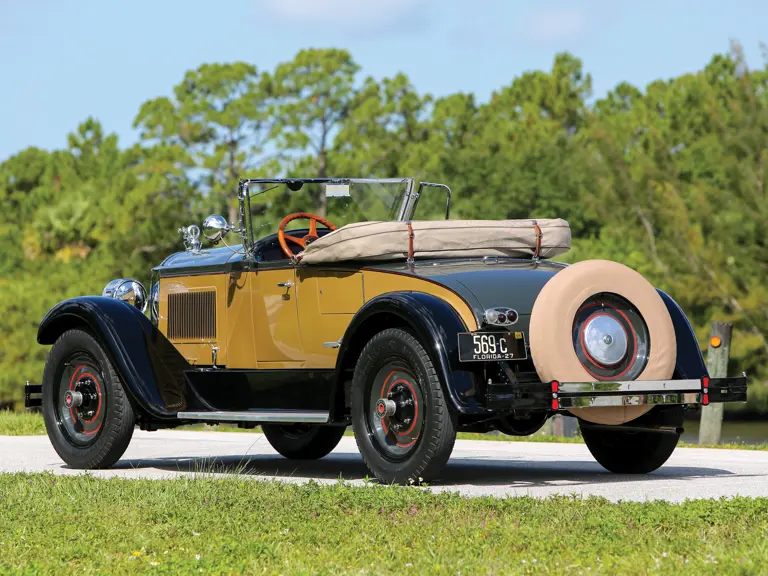
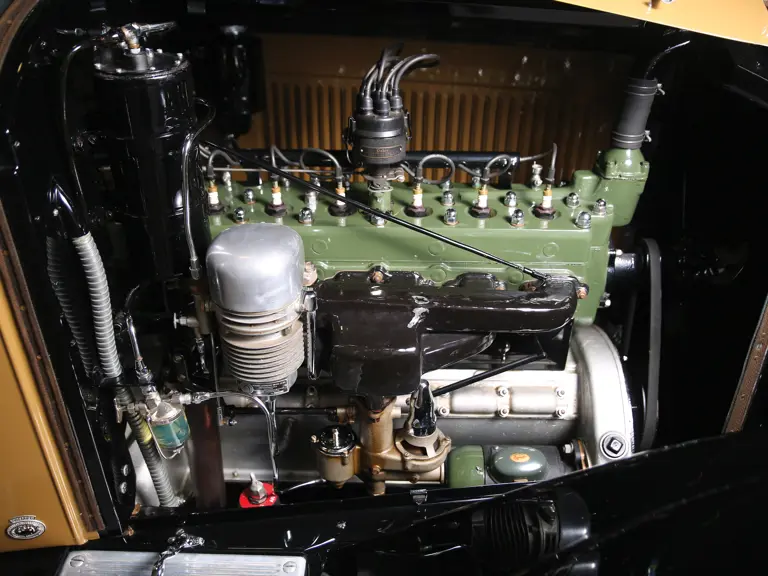
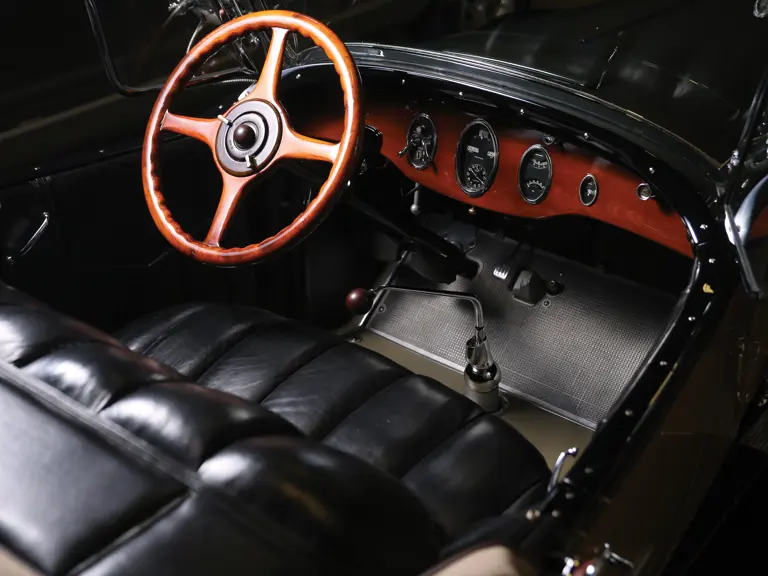

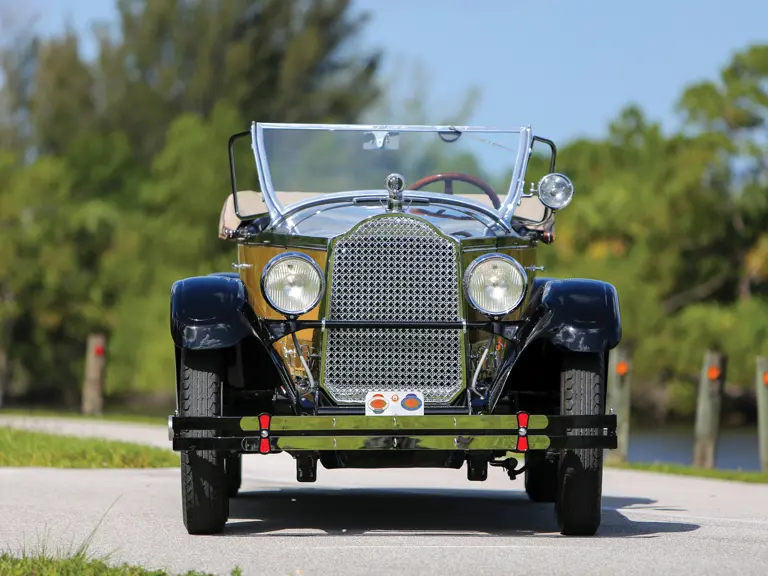
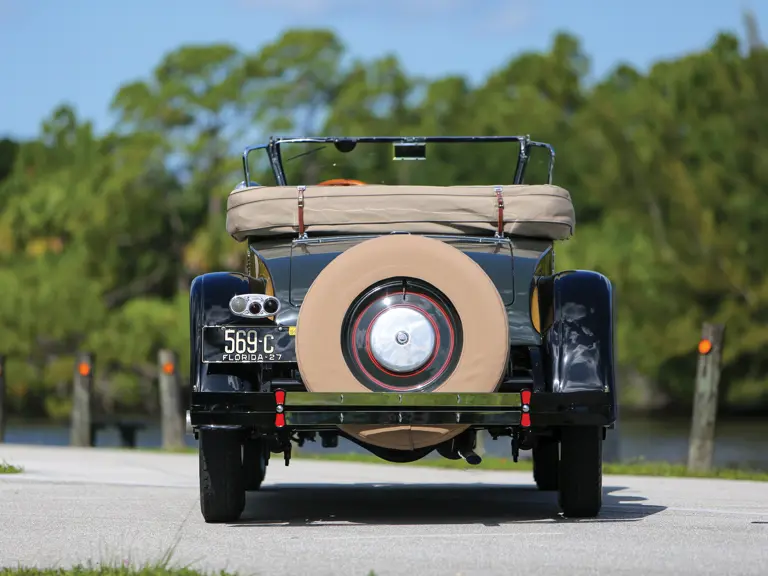

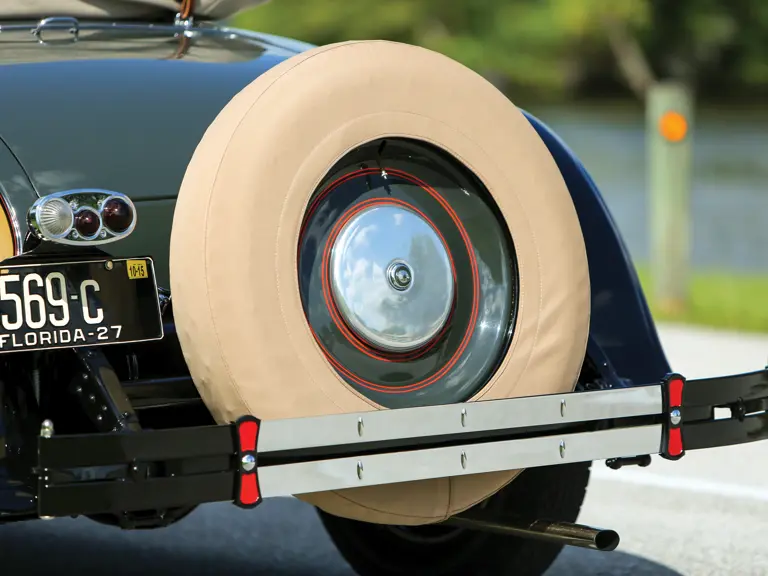
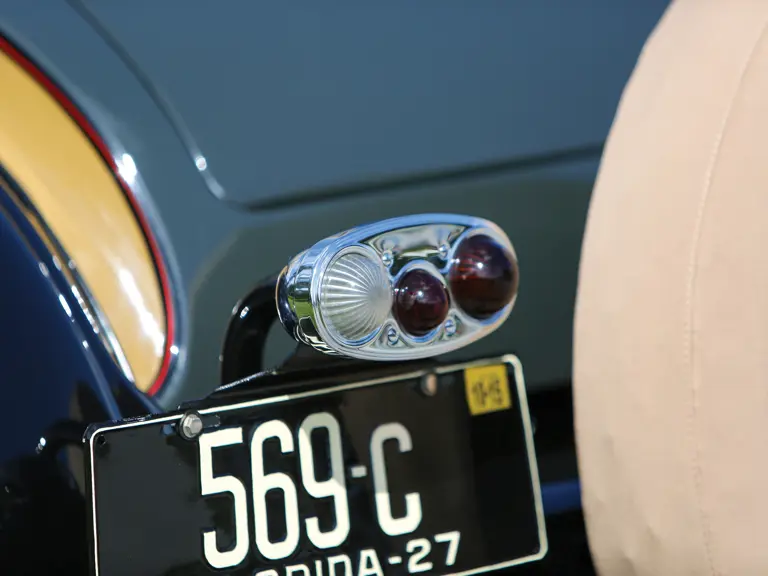

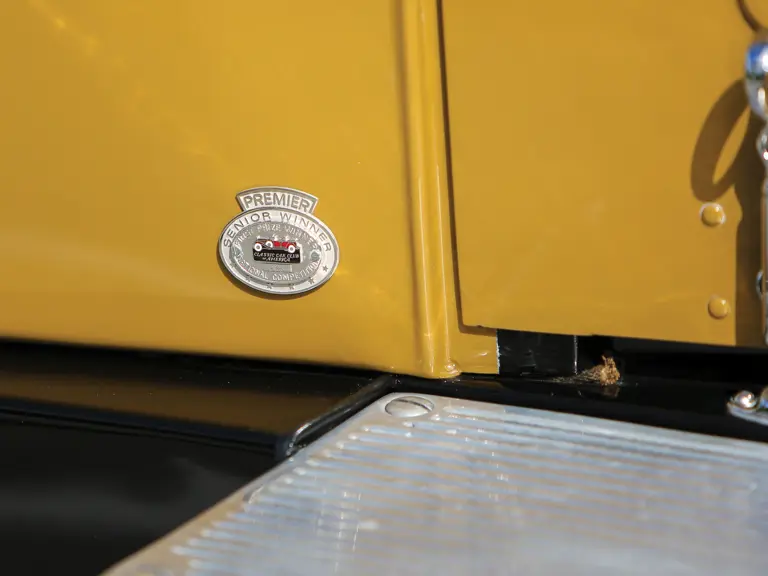
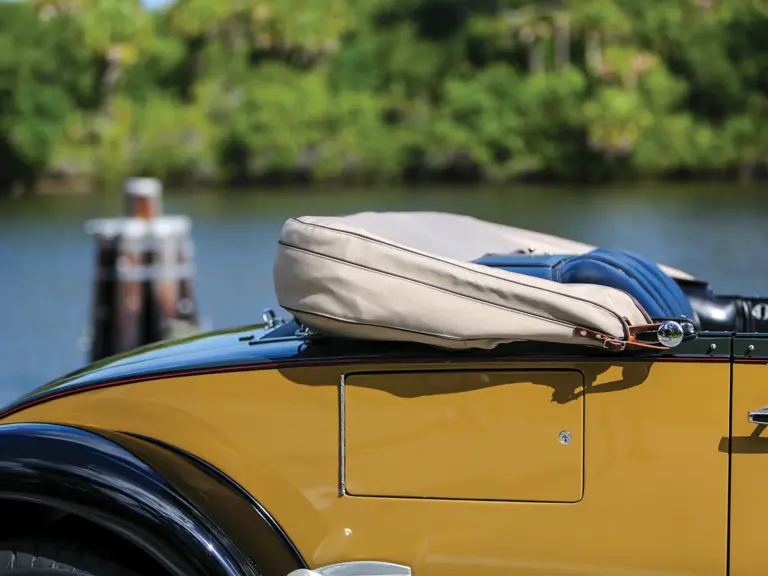



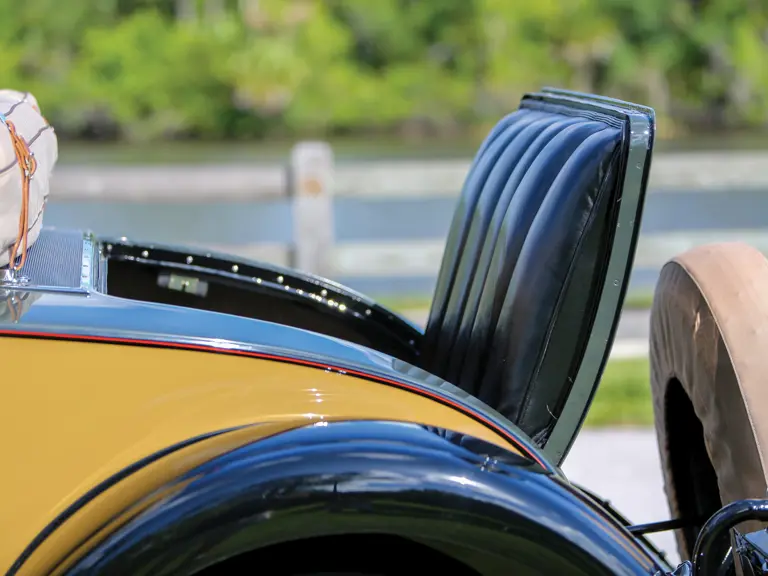
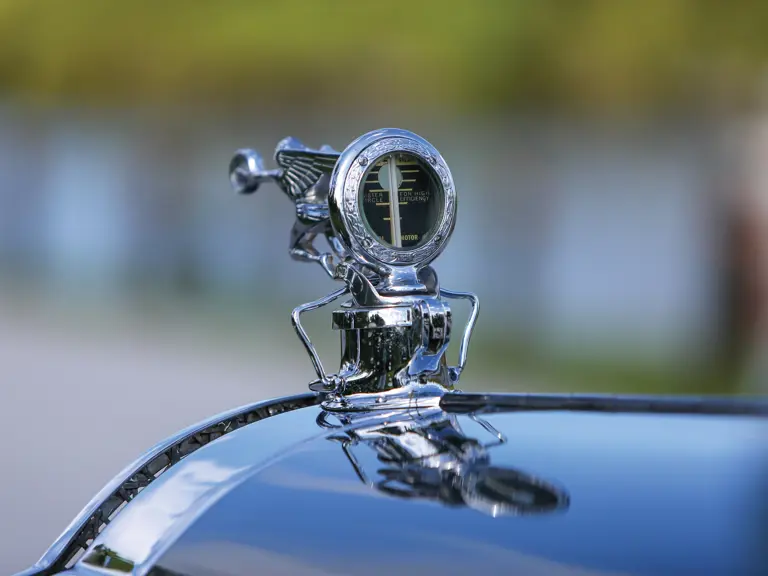

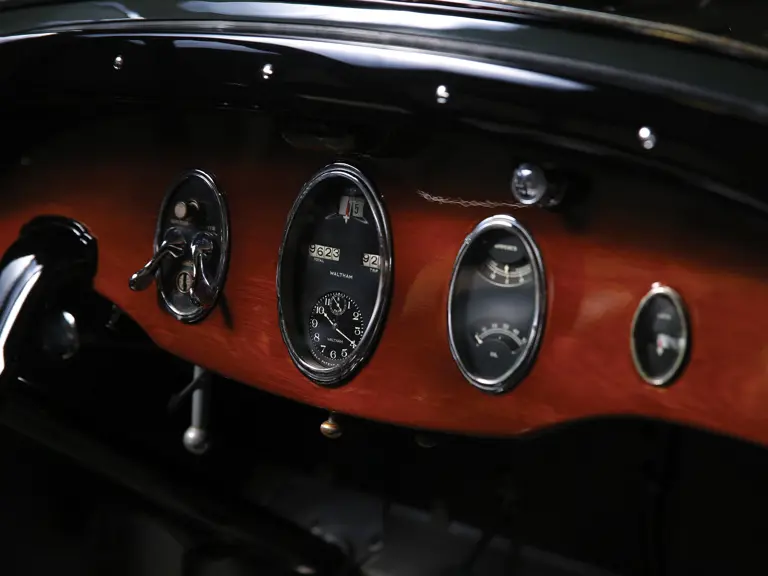
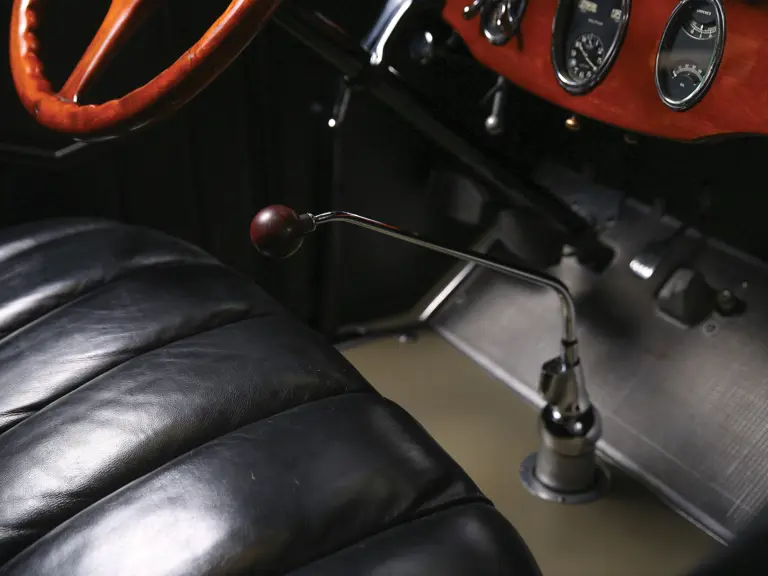
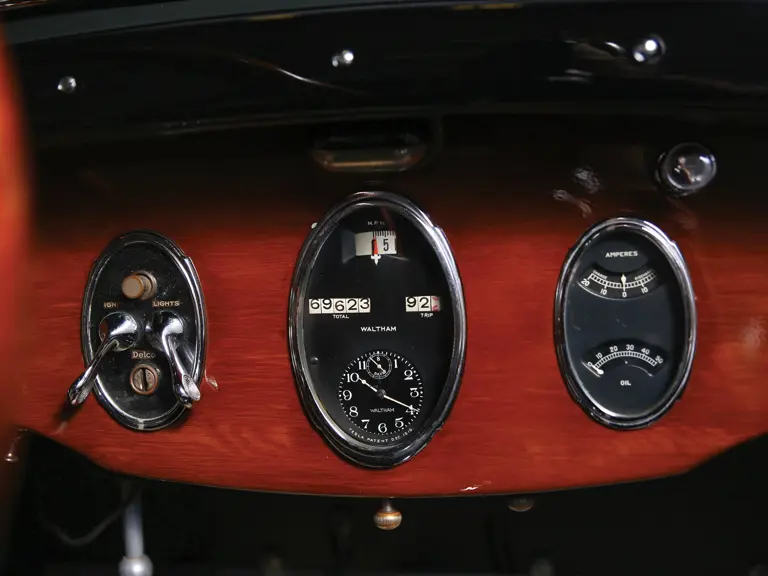

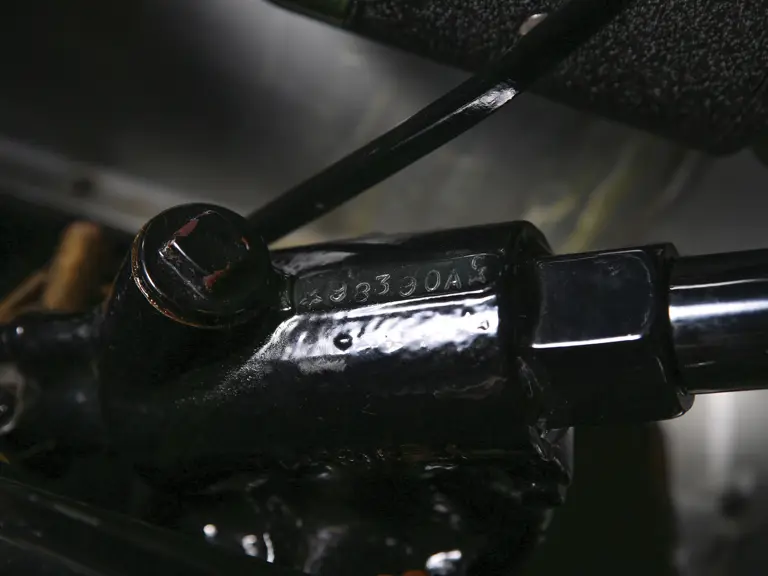
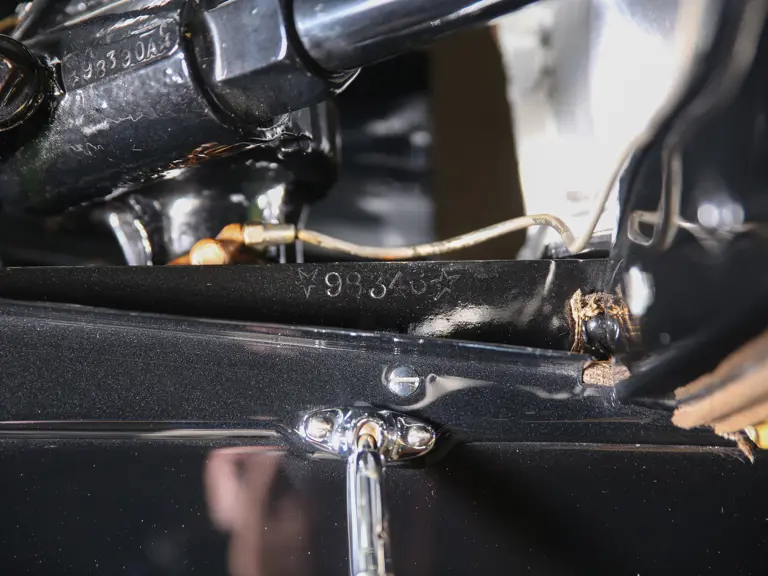
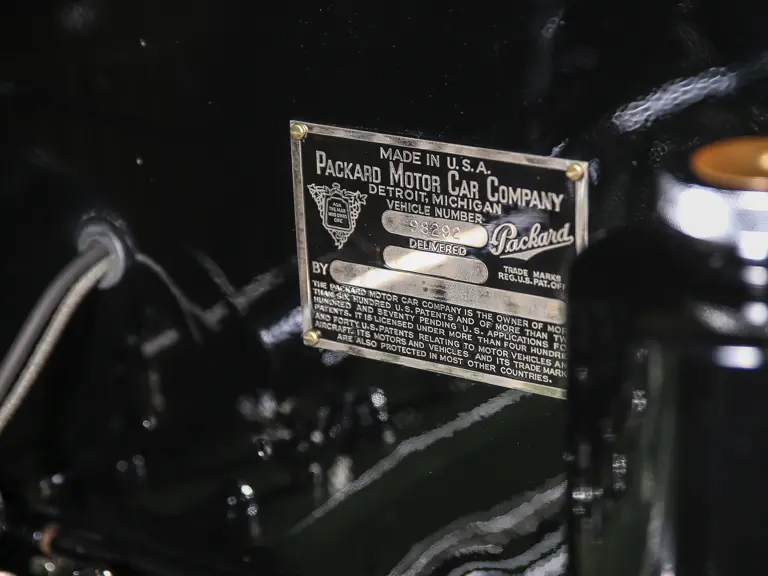
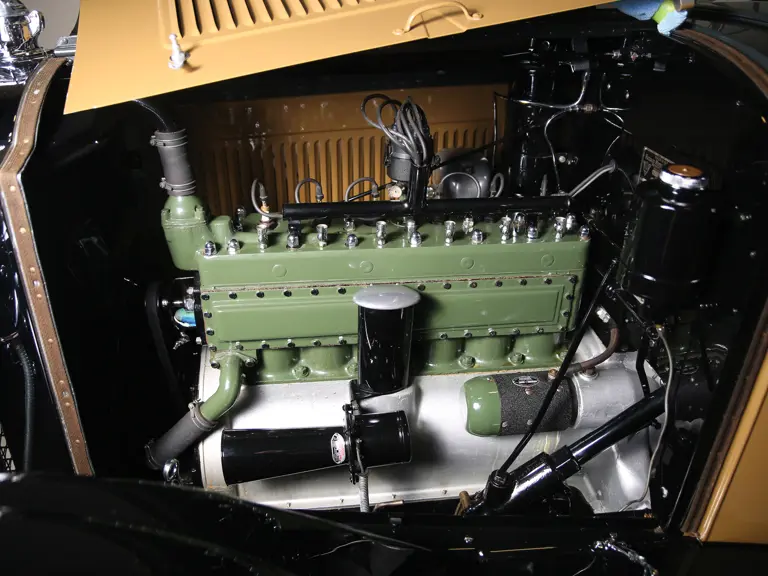
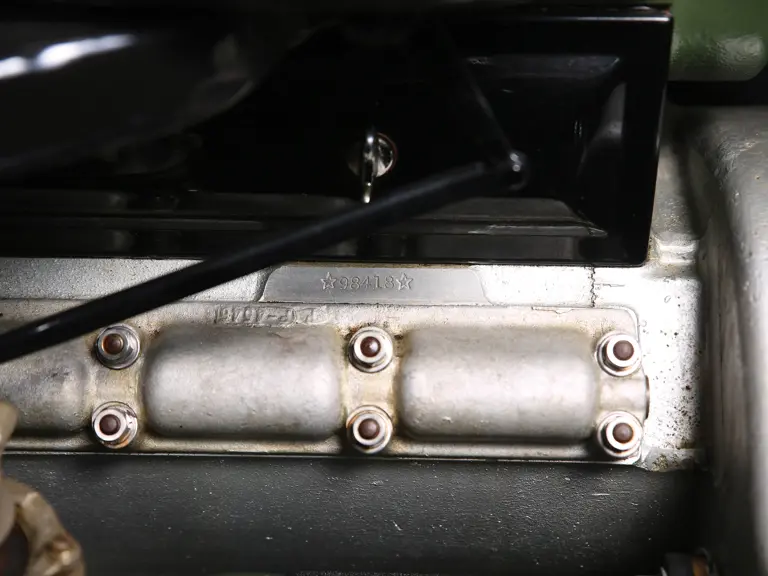
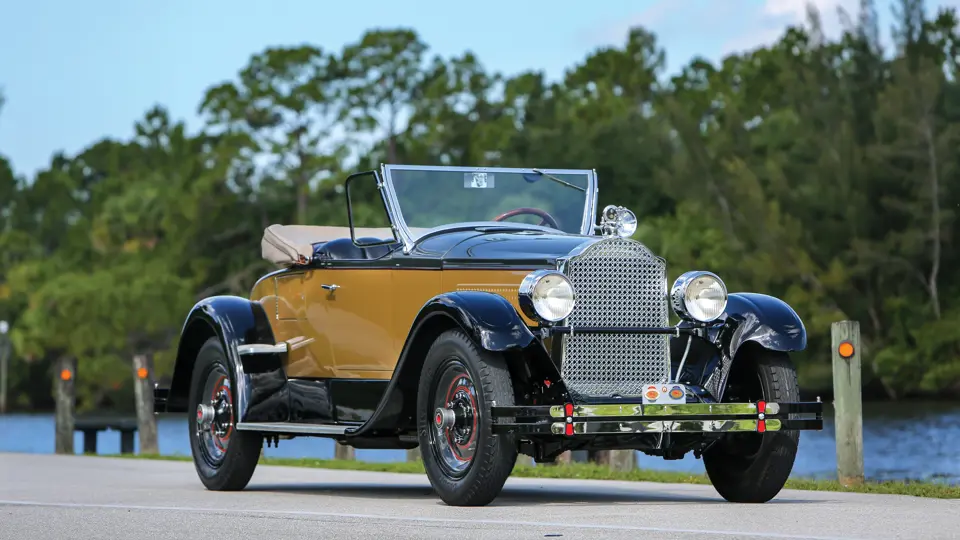
 | Plymouth, Michigan
| Plymouth, Michigan


